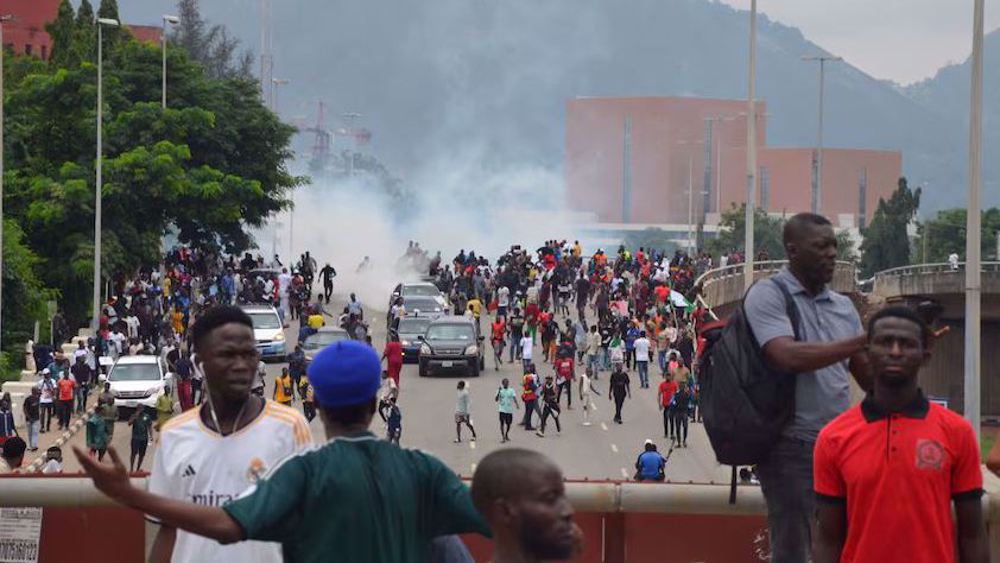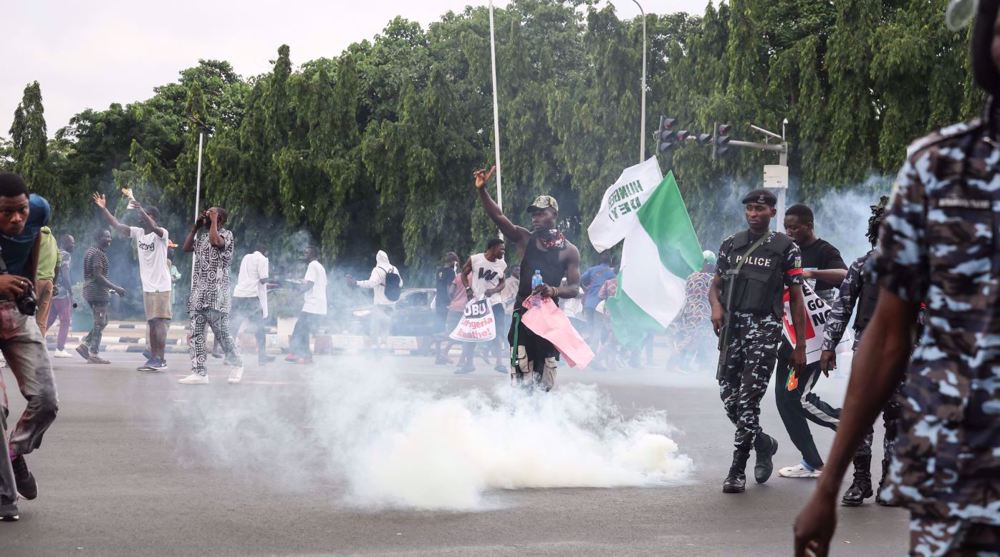Rights group slams Nigeria army for threatening journalist
The Committee to Protect Journalists (CPJ) has censured the Nigerian army for threatening a local journalist with arrest for allegedly concealing information about the 2014 abduction of 200 schoolgirls by the Takfiri Boko Haram militants.
"Nigeria's military should not threaten Ahmad Salkida and instead ensure that he is free to work," Peter Nkanga, the CPJ West Africa representative, said Friday.
"Journalists must sometimes rely on the trust of dangerous people. Coercing them to become informants risks putting all journalists under suspicion and in danger," he added.
On August 14, Nigeria’s military spokesman Sani Usman threatened that Salkida and two activists, Ahmed Bolori and Aisha Wakil, would be detained unless they turn up for questioning on the location of the girls, who were kidnapped from the Nigerian town of Chibok in 2014.

The statement came a day after Boko Haram released a new video purportedly showing some of those girls and called for the release of comrades in exchange for the freedom of the abductees.
Bolori and Wakil have already showed up for interrogation, and Salkida, who is currently in Dubai, has said he would “avail” himself to authorities.
"In the coming days, I will seek to get a flight to Abuja and avail myself to the army authorities," he wrote on his blog, adding that he had nothing to fear as he acted according to the tenets of journalism.
Salkida has contacts with Boko Haram and has been involved in failed negotiations between the group and the government of former President Goodluck Jonathan. In 2009, he was arrested over reporting on the activities of the militants.
The CPJ further said Salkida “fled his home in the northern city of Maiduguri in July 2011 after callers identifying themselves as Boko Haram members threatened him with death, following the publication of his profile of Boko Haram's first suicide bomber.”
Boko Haram terrorists kidnapped 276 girls from their secondary school in Chibok on April 14, 2014. Fifty-seven of the girls managed to escape afterward, but the fate of the others is still largely unknown.
VIDEO | Yemenis praise the military for its successful operations against Israel
VIDEO | Israel continues to bomb Gaza homes
VIDEO | An insider's view of the country: Meybod City in Yazd
‘All wars have rules. All of those rules have been broken’ by Israel
VIDEO | Report flags India’s violation of rights of Rohingya detainees
Turkey's foreign minister meets Syria's de facto leader in Damascus
VIDEO | US Syria plots
'Next to impossible' to rescue patients from Gaza's Kamal Adwan Hospital: Director










 This makes it easy to access the Press TV website
This makes it easy to access the Press TV website